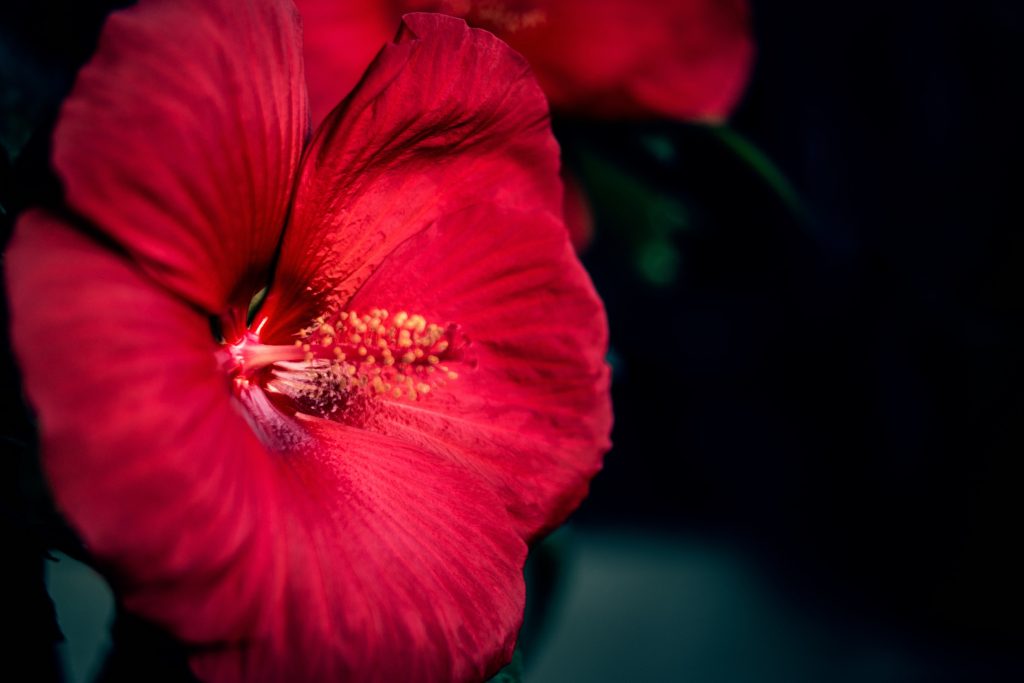
The word occult comes from the Latin word occultus meaning clandestine, hidden, or secret. When a seeker asks, “Is it okay to visit occult temples in the Himalayas? And why are most occult temples related to goddesses?” Sadhguru has a lot to say on the significance of occult and feminine worship.
“Occult temples are not really made for your normal kind of worship. Anyway, first, you need to understand the distinction between worship and prayer.”
Prayer
“Maybe you just know prayer as asking for God to do this or that. In the culture of Shiva it’s considered obscene to ask the creator to do something. As if he doesn’t know what he should do!”
Worship
“Worship is a process to create a certain inner situation within yourself. Worship in India involves elaborate procedures which involve a tremendous amount of mental application; a certain sadhana. It is a kind of kriya for a devotee. Action that is performed internally is called a kriya. Action that you perform with your body, or your mind, or your emotion, is called karma. So a worshipful attitude or a worshipful action is a kriya. It’s an inner action performed with a devoted attitude.”
Occult technology
“When we talk about occult temples, prayer is meaningless, because occult is a technology. Occult is not spirituality. And occult is becoming irrelevant because modern technology is advancing at a great pace.”
“There are certain other dimensions to occult, which could be used as a stepping stone to a spiritual process. Because, in many ways, occult is the final step of physicality, it can also be used as a stepping stone to go beyond the physical.”
“There are a variety of mantras, practices, different types of worship, and different ways to bring forth forces and forms. Purusha Prakriti is an example. That which is the seed of creation is called Purusha. It’s male, but it doesn’t have an active role in life. The mother goddess, Parvati or Kali, is held as Prakriti. She’s the whole creation. But, the seed for this creation is Shiva, or Purusha. We are not talking about just two aspects of creation. We are talking about creation and the source of creation. So, the whole creation is referred to as feminine. And the source of creation is referred to as masculine. Shiva is inert. But Prakriti, or Parvati, or the mother goddess, is always active.”
Occult forms
“So, this whole process of occult is concerned with Prakriti. Though he is a master of occult, people who practice occult never worship Shiva. Their daily worship is only for the Devi, or the mother goddess. These (Devi) forms are very powerful.
Many yogis and mystics have worked to create very fierce forms. One who uses a particular sound or mantra in a particular way can bring forth that form. And using this subtle form of energy, many things can be done. This is what the whole science of occult is about.”
Linga Bhairavi
“We have consecrated an occult form. We call her Linga Bhairavi. A linga typically represents the masculine but she is a Linga Bhairavi. Bhairavi means feminine. She responds to a particular kind of appeal. If one knows how to do the necessary appeal, she will respond to them in a big way. So, you have a kind of super technology with which you can get anything you want done. That’s the whole Devi worship. There is a huge culture of Devi worship in India.
Clandestine Goddess Worship
“Goddess worship was the most prominent thing until monotheistic religions came up. All the Crusades and inquisitions were mainly against people who were Goddess worshippers. They tried to completely banish the feminine goddess from the planet. But in India she continues to live. Everywhere else, wherever the monotheistic religions dominated, they completely erased the feminine worship. They said it was the devil’s work, because the worshippers could do things that others would not have the means to do. They could perform occult. So, they were branded as devil worshippers and put to death or their places of worship burned. This is about demolishing or banishing the feminine worship.”
“Even today, people conduct daily (Goddess) worship in a clandestine way. For people who have still kept the feminine very alive in them, it will never be mainstream. It will always be somewhere clandestine.”




